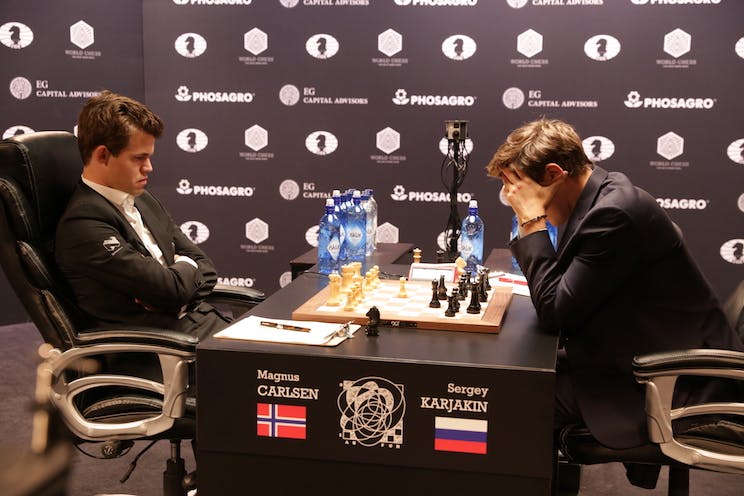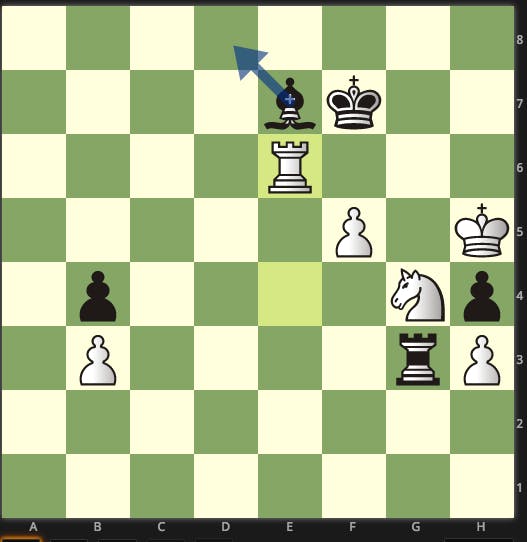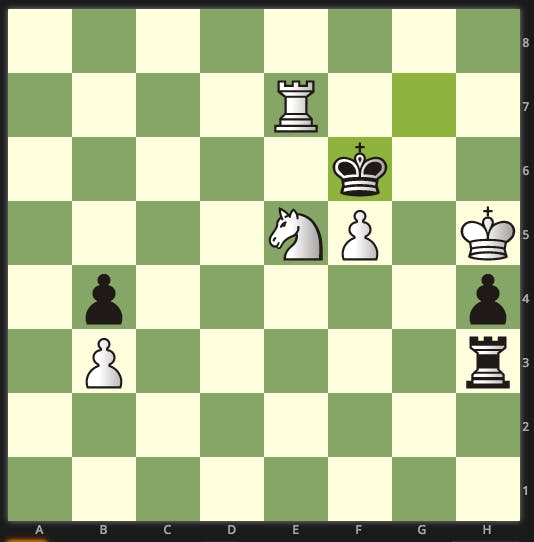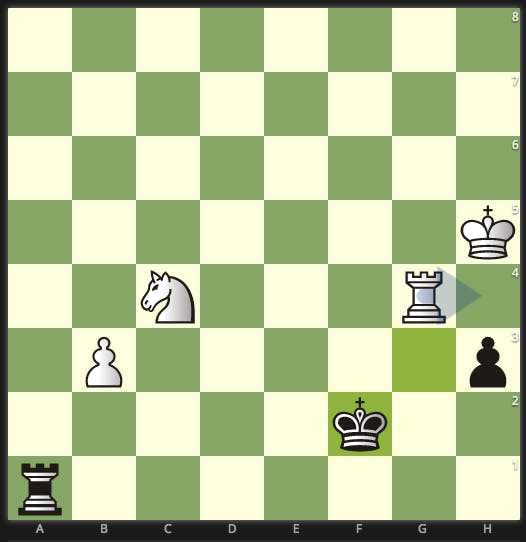2016 WCC, Game 3: Magnus Punches for 6 Hours, Will Karjakin Fall?
What will Magnus Try in his 2nd White Game?

Typical early caution, but for how long?
The first and second games of the 2016 World Chess Championship were about gathering information about the opponent. What opening is my opponent playing? What endgames are we reaching? What kind of form is my opponent in, and are they displaying any sort of weaknesses? The somewhat hackneyed example is of two boxers dancing around each other in the early rounds, using a lot of jabs, but not many haymakers. While the cautious play of the first 2 games may be unsatisfying to spectators, it shouldn’t be surprising.
So far neither player has made a significant mistake, and neither player has held a meaningful advantage. Will Game Three be as tranquil as Games One and Two?
Game 3
https://lichess.org/study/vENPCM25/x4jTEm1L
Karjakin's Berlin meets Carlsen’s bizarre preparation
When Karjakin played 3...Nf6, a dull moan circulated among reporters and fans. But no one could predict what Carlsen had prepared.
The lichess opening explorer has 425 GM games after Karjakin’s 9... Bf6. Carlsen has had this position as white twice against Anand and once against Kramnik. In 424 of those games 10.Re1 was played. In one game GM Nikita Matinian (2439) played the counterintuitive 10. Re2, blocking white’s bishop. Upon further investigation I found another game from this year between Kasimdzhanov and Melkumyan where 10. Re2 was played. Both of those games ended in uneventful draws. It's difficult to tell if 10. Re2 helped or hindered.
Carlsen played 10. Re2, then Karjakin thought for about 10 minutes and played 10... b6. Carlsen moved his rook again, this time to e1.

Photo Courtsey of Agon
Moving the rook twice just looks wrong. If any responsible chess teacher saw a student move their rook two times in a row, taking a seemingly unnecessary pitstop on e2 they would correct the student and tell them: don’t move the same piece twice.
Take a look at Caruana vs Giri 2014. The game isn’t a facsimile to WCC Game 3 but it’s the best example of Re2 being played to success that I’ve found.
Maybe Carlsen was trying to induce 10... b6. Maybe he wanted to swing the rook to d2. Maybe Carlsen played the move for the same reason Tal made sacrifices: it puts the opponent on the spot and forces them to calculate in a way that is almost impossible to prepare for.
I got the chance to ask Carlsen after the game “There is quote by Mikhail Tal, 'There two types of sacrifices, correct ones and mine.' Would you feel comfortable saying this about your opening today?” Carlsen responded, “No, my opening was correct.” Carlsen immediately went back to kibitzing with Karjakin.
Chess is mysterious, I will ask Carlsen about the move again after the match. Perhaps he will provide more details behind this intriguing move.
The Titanic Endgame
We have seen two games with Carlsen behind the white pieces, and both games reached similar endgames. Carlsen with a knight and a rook to Karjakin’s dark squared bishop and rook. Game One concluded with 6 pawns, Game Two with 7.
The game went for 78 moves, and almost 7 hours in duration. It reached an endgame that will be studied in many future endgame books. I would strongly recommend setting aside a couple of hours and slowly going through the streamers annotations of the game. Kingscrusher, Justicebot, AstanehChess, TalBaron, and TonyRo will guide you through the endless maze as well as anyone else.
During the postgame press conference Carlsen and Karjakin were still unclear about certain positions. Game Three was a complicated mystery that many, including myself, might never fully understand.
My favorite part of being present at the event for this game was Karjakin’s 67th move. I was in the press room and I could sense the end of the game approaching, so I hustled out to the front of the spectators area to find the game in this position.

Black to move.
The commentators reached the conclusion that black’s surest path to a draw was Bd8, as capturing either pawn leads to the loss of the bishop after Ne5+. If ...Kf8, Ng6 forks. If ...Ke8, f6 pins. And obviously if Kg8 or g7 the bishop would be undefended.
Karjakin took on h3 and a everyone chalked the “blunder” up to 6.5 hours worth of fatigue; the game would soon be over and Magnus would be in the lead. Karjakin fought the good fight, what more can you do against Carlsen? Some spectators assumed the game was over and started leaving.
Magnus checked black with his knight on e5, and Karjakin immediately moved his king to g7, inviting Carlsen to take his bishop with a check. I can’t speak for everyone spectating, but this was the first time I heard anyone mention 69... Kf6. A move that forks three of the remaining white pieces. At this point both players had less than 10 minutes remaining on their clock. The final problem Karjakin presented to Carlsen was: your f pawn will fall, you have an extra knight. Can you save your b pawn and prevent my h pawn from queening?

Everyone buddied up in the spectator room, to discuss last minute strategies for this unforeseen endgame. Suddenly no one felt bad for Karjakin anymore.
Here is the final position of game 3.

Carlsen’s rook is tethered to black’s h pawn and keeping the black king away from the protection of h2. A draw by perpetual check was reached. The looks on Carlsen's and Karjakin's face say it all.

Photos Courtsey of Agon
In the Press Conference before the match I asked Carlsen about how he would beat Karjakin. Carlsen answered that he would “punch, and punch until he falls over.” If this marathon didn’t make Karjakin fall over, what will? Karjakin gets his second shot with the white pieces on Tuesday.
About the Author:
Tyler Schwartz is a passionate chess ambassador. Tyler is the President of Chess at 3, teaching chess to children all over the world at the suprising age of 3. He is the Head of Media at lichess.org. Tyler also manages a chess club on the upper east side of Manhattan.